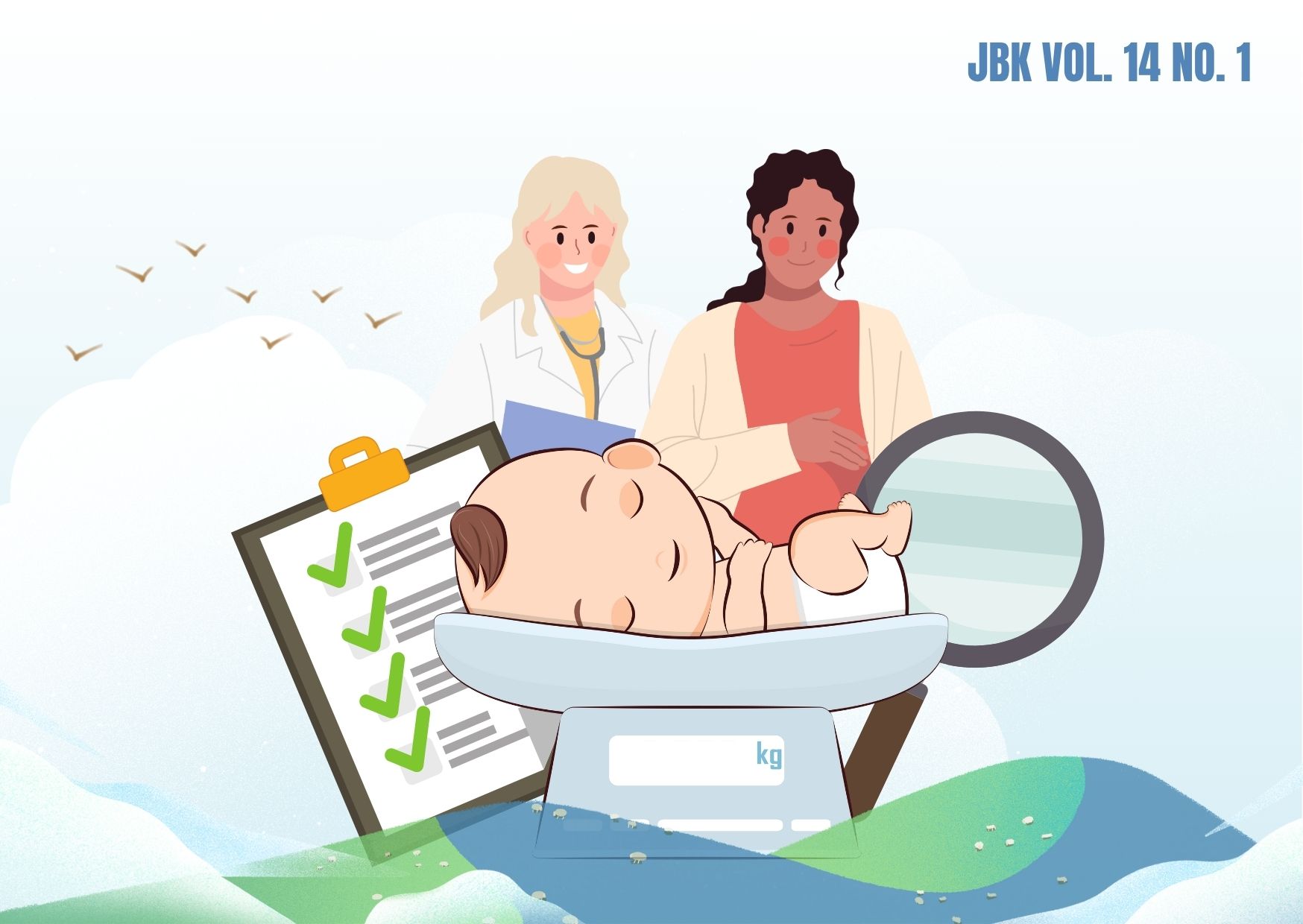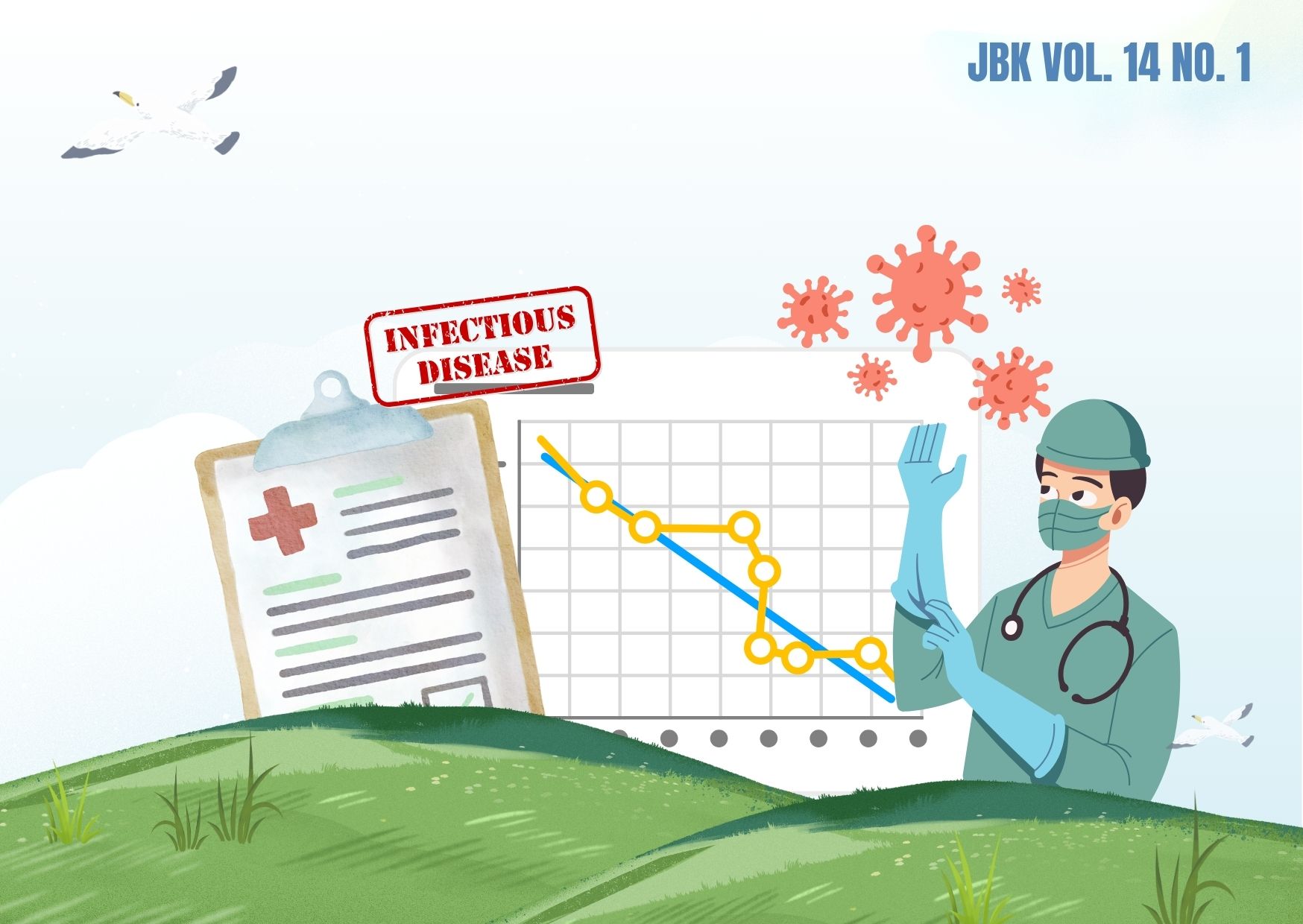QUADRANT ANALYSIS OF TOTAL FERTILITY RATE AND CONTRACEPTIVE PREVALENCE RATE OF DISTRICT AND CITY IN EAST JAVA
Downloads
Andini, N., and Ratnasari, V., 2019. Pemetaan Total Fertility Rate (TFR) di Jawa Timur Menggunakan Pendekatan Regresi Logistik Biner dengan Efek Interaksi. Jurnal Sains dan Seni ITS, 7(2), pp.168–175.
Bertan, C.V., Dundu, A.K.T., and Mandagi, R.J.M., 2016. Pengaruh Kedayagunaan Sumber Daya Manusia (Tenaga Kerja) Terhadap Hasil Pekerjaan. Jurnal Sipik Statik, 4(1), pp.13–20.
Central Bureau of Statistics, 2012. Survei Sosial Ekonomi Nasional 2012. Jakarta.
Central Bureau of Statistics, National Board of Population and Family Planning, and Indonesian Ministry of Health, 2013. Survei Demografi dan Kesehatan Indonesia 2012. Jakarta.
Izadi, A., Jahani, Y., Rafiei, S., Masoud, A. and Vali, L., 2017. Evaluating health service quality: using importance performance analysis. International Journal of Health Care Quality Assurance, 30(7), pp.656–663.
Nugraha, N., Selamat, S., and Iriani, J., 2019. Importance of Performance Analysis and Potential Gain in Customer Value's of Service Quality in Hospitals. Advances in Social Sciences, Education and Humanities Research, 307(SoRes 2018), pp.503–507.
Pratama, A., 2017. Jurnal Edik Informatika Model Simulasi Antrian dengan Metode Kolmogorov-Smirnov Normal pada Unit Pelayanan Jurnal Edik Informatika. Jurnal Edik Informatika, 3(2), pp.27–37.
Purnama, C.B., 2017. Pemodelan Contraceptive Prevalence Rate di Jawa Timur Menggunakan Pendekatan Regresi Nonparametrik Spline. Institut Teknologi Sepuluh November.
Raharja, M.B., 2017. Fertilitas Menurut Etnis di Indonesia : Analisis Data Sensus Penduduk 2010. Jurnal Kependudukan Indonesia, 12(1), pp.69–78.
Rizkianti, A., Amaliah, N., and Rachmalina, R., 2017. Penggunaan Kontrasepsi pada Remaja Perempuan Kawin di Indonesia (Analisis Riskesdas 2013). Buletin Penelitian Kesehatan, 45(4), pp.257–266.
Sari, N., 2017. Determinan Fertilitas Melalui Pendekatan Total Fertility Rate (TFR) di Indonesia : Analisis Data Survei Demografi Kesehatan Indonesia (SDKI) Tahun 2007. Jurnal Dunia Kesmas, 6(April), pp.55–62.
Sarindi, E.R., 2019. Faktor-Faktor yang Mempengaruhi Contraceptive Prevalence Rate (CPR) di Jawa Timur. WAHANA, 71(Juni), pp.61–76.
Syahbuddin, S., and Nurhayati, S., 2016. Determinan Fertilitas di Indonesia (Determinant of Fertility in Indonesia). Jurnal Kependudukan Indonesia, 11(1), pp.1–14.
Triyanto, L., and Indriani D., 2018. Faktor yang Mempengaruhi Penggunaan Jenis Metode Kontrasepsi Jangka Panjang (MKJP) pada Wanita Menikah Usia Subur di Provinsi Jawa Timur. The Indonesian Journal of Public Health, 2(April), pp.244–255.
Wicaksono, F., and Mahendra D., 2016. Determinan fertilitas: suatu pendekatan multilevel. Jurnal Ilmiah WIDYA, 3(3), pp.134–139.
Copyright©2022 Jurnal Biometrika dan Kependudukan (Journal of Biometrics and Population)
This work is licensed under a Creative Commons Attribution-NonCommercial-ShareAlike 4.0 International License.
1. Copyright of all journal manuscripts is held by the Jurnal Biometrika dan Kependudukan.
2. Formal legal provisions to access digital articles of the electronic journals are subject to the provision of the Creative Commons Attribution-ShareAlike license (CC BY-NC-SA), which means that Jurnal Kesehatan Biometrika dan Kependudukan to keep, transfer media/format, manage in the form of databases, maintain, and publish articles.
3. Published manuscripts both printed and electronic are open access for educational, research, and library purposes. Additionally, the editorial board is not responsible for any violations of copyright law.



































